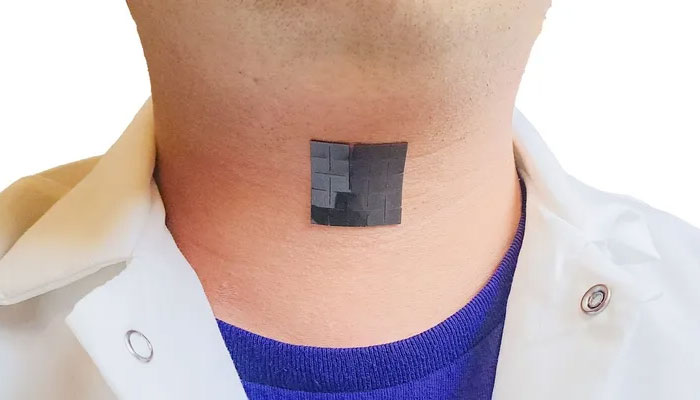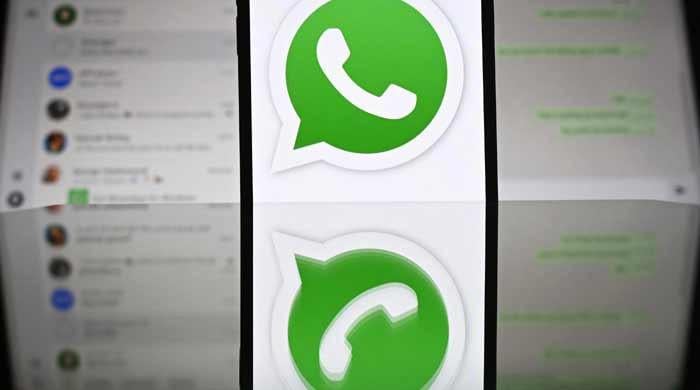This AI-powered wearable device will enabale people without vocal cords to speak
Device senses laryngal muscle motion, converts them into electrical signals, which are turned into speech
March 19, 2024

UCLA engineers have developed a breakthrough technology that could help people with problems of communication, which may eventually revolutionise the way we communicate for those who undergo laryngeal cancer surgeries or those who have dysfunctional vocal cords, Lab Manager reported.
It is reported in the journal Nature Communications that such device, which is roughly similar to an inch square, is applied on the epidermis outside the throat and utilises the bioelectric signals from larynx muscles in order to generate articulate speech with great accuracy nearly reaching 95%.
Jun Chen and his team designed the wearable device which is made up of a self-powered sensing component with an actuating component each consisting of silicone and magnetically induced layers.
The sensing device, which senses the laryngal muscle motion by applying magnetoelastic technology, converts them into electrical signals, which are further processed through a machine-learning algorithm, resulting in speech signals. The actuation supplies the motor with current in order to change the signals into the output voice.
It has an extremely small size (7 grams) and is only 0.06 inches thick, so it is hardly noticeable and fixed to the throat with biocompatible tape. Unlike the existing solutions that can be complex or intrusive, this non-intrusive device is a practical tool for those looking to navigate treatment or recovery periods.
In the testing stage of a healthy population, the device showed excellent accuracy, correctly matching the vocal cords movements with predetermined sentences that still allowed the individuals to communicate without sound.
The research team is expected to achieve further enhancements in machine learning in order to expand the device's vocabulary. This will be followed by trials with individuals affected by speech disorders, which might change the lives of millions of people grappling with speech difficulties.









